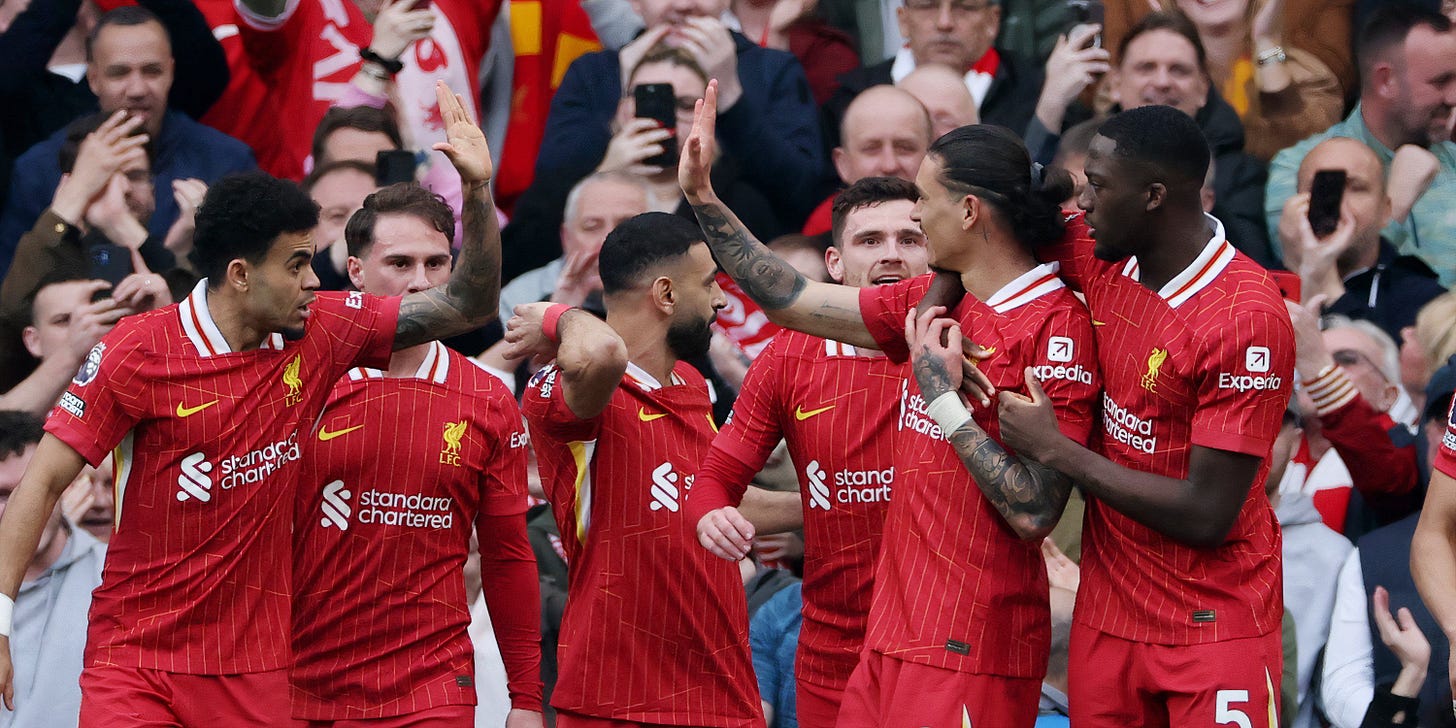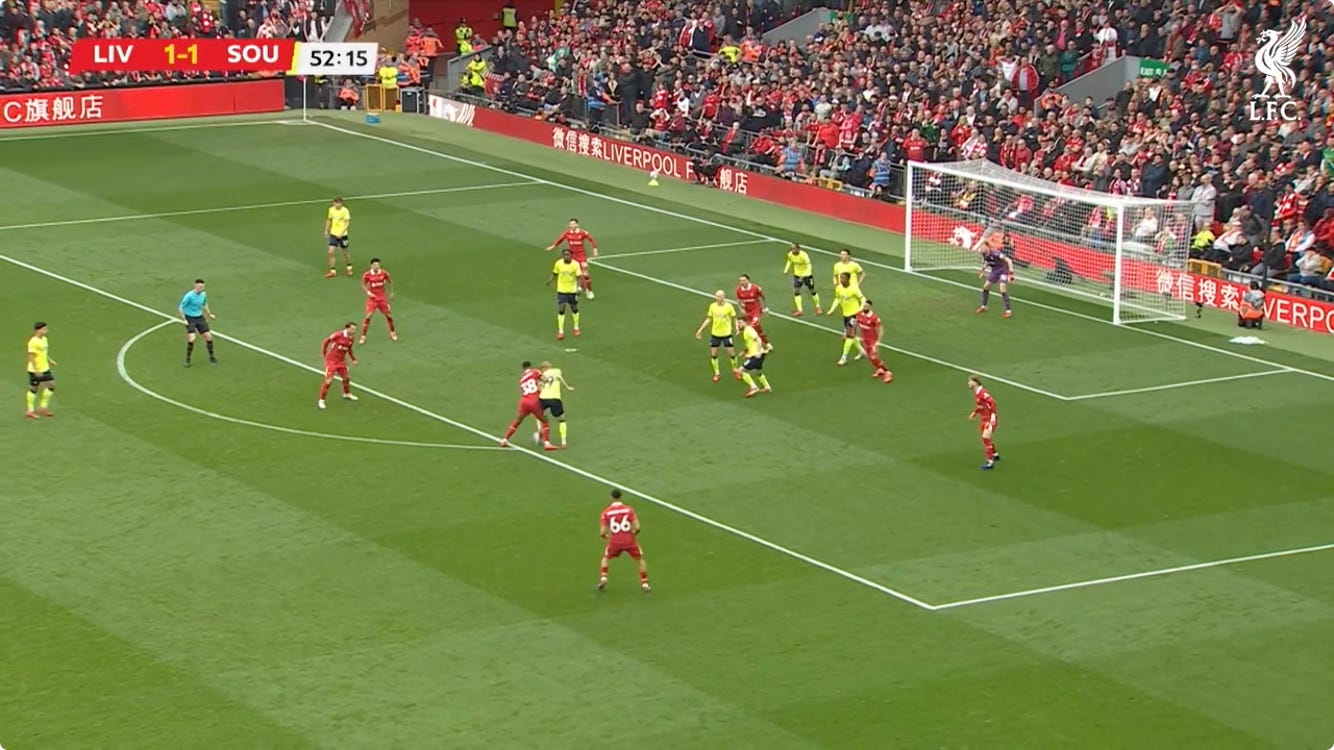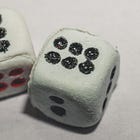Stat of the Match: Liverpool 3-1 Southampton
A lacklustre Liverpool were a goal down at half time to Premier League whipping boys Southampton. Here's how Arne Slot turned the game in the Reds' favour.
The match was not going to plan for Arne Slot. His side were 1-0 down at home to a struggling club. The visitors were available at 20/1 with bookmakers to win, meaning their chances of a victory were rated at less than five per cent.
Yet they surprisingly led at the interval. Slot didn’t hesitate. He made a triple substitution at the start of the second half. Within seven minutes of the restart his side were level, going on to secure a win which extended their lead at the top of the table.
But enough about Feyenoord’s victory against Volendam two years ago this week. We’re here to discuss Liverpool’s 3-1 win over Southampton at Anfield on Saturday.
Making three changes at half time is far from without precedent. Unai Emery went one louder when Aston Villa were a goal down at Wolves last month, though his four substitutes were unable to save the result.
Liverpool didn’t manage to in their one prior Premier League example of a triple-at-the-break change either. With the Reds 2-0 down at Brentford in 2023, Jürgen Klopp rolled three dice. His side saw a goal disallowed then legitimately pulled one back within five minutes, which was as good as things got in an eventual 3-1 defeat.
What’s interesting from Slot’s perspective - and that of Liverpool going forward under his management - is that the Volendam game is not his only prior instance of ringing a trio of line-up amendments with positive effect.
In May 2022, Feyenoord were 2-0 down to PSV Eindhoven at De Kuip. Some guy called Cody Gakpo had bagged a first half brace for the visitors. As much as game state played a part, Slot’s side won the second half shot count 16-6 following a triple change at the break, scoring twice to secure a point.
The impact was even more immediate against Fortuna Sittard five months later. Having trailed at half time, Feyenoord were level within 33 seconds of the restart following a three-man switch (as can be seen in the clip below). The goal came in part from winning the ball high up the pitch, so it’s easy to imagine Slot demanding more intensity that day as he did when his side emerged for the second half against Southampton.
While nobody would describe the Reds’ performance in the opening 45 minutes on Saturday as impressive, they did generate four Opta-defined big chances. The only other matches this term in which they’ve had similarly potent first halves were at Tottenham and West Ham, two matches in which they scored three times before the break.
Chance, um, bigness is often questionable to some extent. The first of the four fell to Trent Alexander-Arnold, who forced a save from a tight angle when the ball broke to him in the box. Just over a minute later, both Curtis Jones and Darwin Núñez had off target headers which Opta felt should have been scored, even though the former’s effort was more of a pass to the latter.
Liverpool’s final shot before going behind was also classified as a big chance. Having only seen it on TV, it looks like Núñez may have cleared the Anfield Road stand with his effort. A two-point conversion in rugby, perhaps, but nowhere near a goal. Maybe Darwin should switch codes.
Whatever your view on the value of the Reds’ opportunities in the first half, it remains true they dominate the underlying numbers almost every week. They have done so overall this season to an extent of which the rest of the big clubs in England can only fantasise.
The second half was so much better from the home side. Substitute Harvey Elliott had the first shot following his introduction, then played a pass in the move which led to the equaliser. Fellow sub Andy Robertson got the pre-assist for that goal, with the bulk of the credit belonging to Luis Díaz.
Two league games ago, the Colombian had not recorded a carry of at least five metres leading to an assist this season. He’s now delivered one in back-to-back matches, providing the productive dribbling Slot would love to see more frequently from Díaz.
Liverpool previously had a single league victory this season in which they were behind at half time, against Brighton in November. The turnaround in that game occurred thanks to two goals within three minutes. While the clock showed a wider margin in this match, roughly 100 seconds of playing time disappeared between the penalty being awarded and taken.
Even allowing for that, this was the seventh time this season that the Reds have netted twice within five minutes. It’s a very good habit to possess if it can be maintained.
Repeated television replays of the first goal made it impossible to be certain what happened following the restart. It appears the ball went back to Aaron Ramsdale who promptly kicked it out of play.
The rest is clearer, with Elliott dribbling past Will Smallbone before giving the ball to Mohamed Salah. He carried it forward then passed to Díaz, whose shot led to the melee which resulted in the penalty. The spot kick was awarded a maximum of 40 seconds after Saints kicked off following the first goal, with that time including the ball going out for a throw-in.
Núñez scored a goal then won a penalty in under a minute of playing time. As well as making two clearances - he remains an asset at defending set plays - the Uruguayan topped the pressures chart with 22. If we factor in the Reds’ high ownership of the ball and the fact Darwin was subbed off with a quarter of the game remaining, we find he made the equivalent of 51 possession-adjusted pressures per 90 minutes, the sixth most by a Liverpool player in 2024/25.
If you merely looked at the statistics, you would have no idea that a defensive midfielder played a key role in the penalty-winning sequence. Slot was quick to highlight the importance of the moment in his post-match press conference though.
“In the second goal, Ryan Gravenberch pushed up all the way at the 18-yard line to win that ball which led to the foul on Darwin, whereas in the first half every ball that fell out they could just pick up the ball and start to play,” he noted. The intervention from the number 38 left no mark in the data yet helped the Reds take the lead which they would not relinquish.
Another statistical anomaly settled the contest. Robertson’s only misplaced pass from 28 attempted proved unsuccessful because Yukinari Sugawara handled the ball before Díaz could collect it.
The Saints defender had also joined the action late from the bench. It really was a match in which substitutes had numerous key involvements. The next time Slot brings on three players at half time, expect fireworks.







It was interesting to discover Slot's previous productive examples of making three half time subs. If it's an emergency 'break glass' option, it's at least good to know its an effective one.